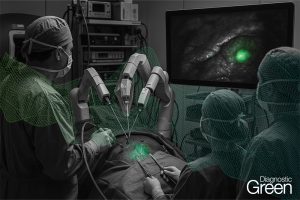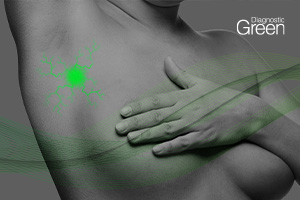FGS is a surgical navigation tool with evolving uses. Although ICG is extensively used for various reasons in monitoring organ perfusion, developments in existing systems are continually being made to define standards, quantify fluorescent signals, and discover new prospective tracers. This represents a paradigm change and the possibility of using molecular data in surgical decision-making for trauma, elective, and emergency surgeries.
ICG, a relatively safe, sensitive, and nonspecific fluorophore widely used in NIR fluorescence imaging, can help surgeons to operate on injured patients. Minimizing the risk of anastomotic leakage remains a core goal of clinical practice. The large-scale use of ICG and further standardization and training of this technique are necessary to obtain specific and robust evidence to confirm its clinical value and define specific indications in trauma surgery.
Additionally, a successful program for the development and application of FGS would require solid collaboration with optical engineers (for the development of hardware), computer scientists (for the development of the software), chemists (for the engineering of fluorophores), and medical professionals to enable clinical translation. Defining the therapeutic value of this method in trauma, including the timing, doses, and damage pattern indications, further research, including prospective trials, could offer great information and value for both surgeons and patients.




